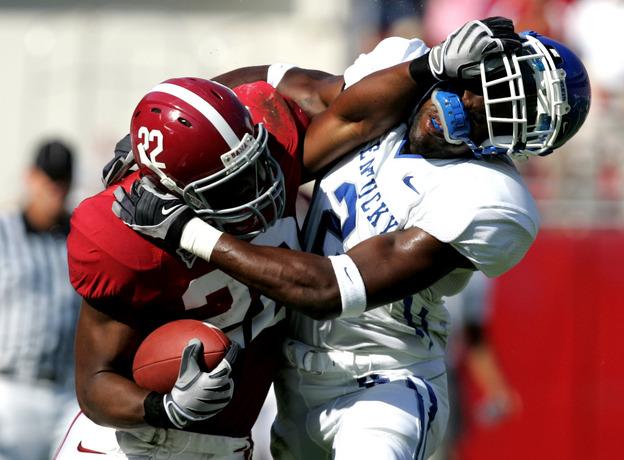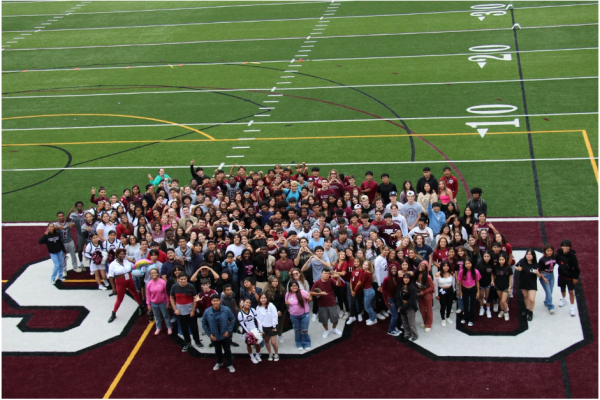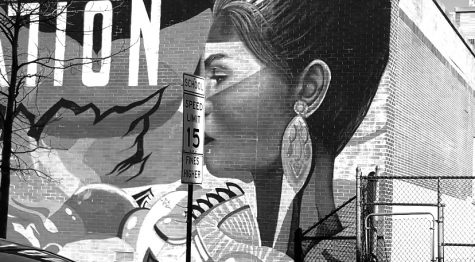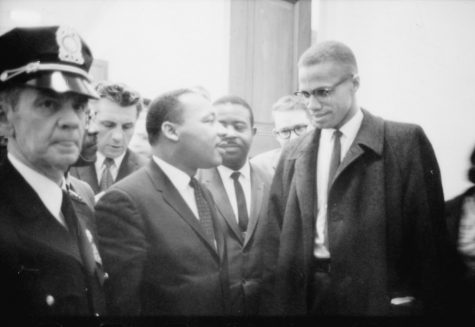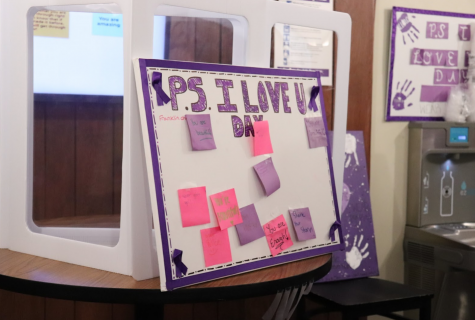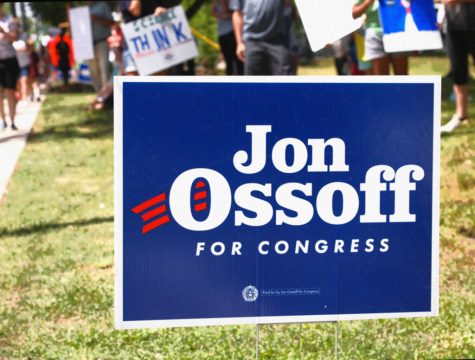From The Editorial Board: Paying College Athletes
December 18, 2013
The debate over whether or not NCAA Division I athletes should receive an income is far from over. While the NCAA remains stagnant in their decision to not pay their athletes, many athletes and their supporters are persistent in their battle. Talks about only paying the high revenue teams, such as Texas, Ohio State, Michigan, and Alabama have been brought to the table along with the proposal to only pay the highest revenue players on these teams. Though the two continue to go back and forth about the topic, it doesn’t seem that any changes will be made or any NCAA Division I athletes will begin to receive an income anytime soon.
Many factors play into this debate, first and foremost – where the money will come from. The NCAA did some estimating and found that in order to pay every high revenue NCAA Division I athlete it would cost them over $200 million dollars a year. This number appears to be easily attainable due to the income of the NCAA which in the 2011-2012 seasons was over $800 million dollars, 81% of which came from total rights payments, or television and broadcasting rights. These numbers ultimately raised the question among college athletes: If we’re the ones bringing in this revenue for our school and the NCAA shouldn’t we receive an income? While this question poses a very good point, the perks of being an NCAA athlete remain. For example over 50% of college scholarships are used on Division I athletes, many of which cover expenses from tuition to food plans, all four years. As high school students we know how heavy a burden these expenses are, sometimes adding up to over $200,000 over the course of four years, not including grad school. Though exceptions do exist, it’s much more likely to see a college athlete receive a full four year scholarship than a student applying based on their academic achievements- this being my most predominant reason in voting against the paying of college athletes.
In addition to this it’s undeniable that college athletes bring in a substantial amount of money, however, over half of this money is put back into these NCAA programs. Almost half Texas’ revenue for 2012 was placed back into their athletic program whether by paying coach and staff, maintaining and adding onto athletic facility and grounds, or advertising. This money is thought to be put back into the “school” but most of these facility and grounds are only accessible to these athletes. There are most definitely positives impacts on these schools as a whole in terms of the money coming in; however, the players, teams, coaches, and promoters of these teams are receiving an extremely large portion of this money. Many of which happen to be male sports, football, basketball, and occasionally hockey or baseball. Among the popular NCAA sports only a handful, if that, are women’s sports. The natural but unfortunate imbalance, along with the extremely uneven distribution of this revenue are two more reason as to why I don’t support the paying of college athletes.



